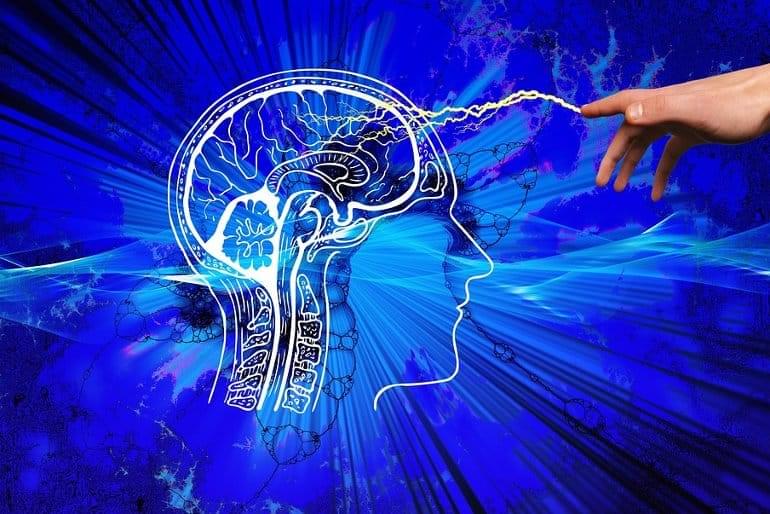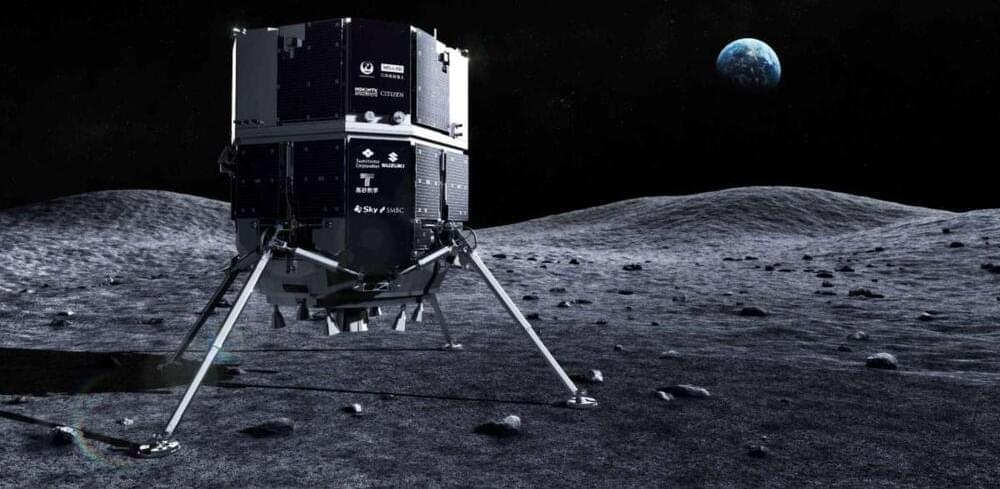If you’re one of the billions of people who have posted pictures of themselves on social media over the past decade, it may be time to rethink that behavior. New AI image-generation technology allows anyone to save a handful of photos (or video frames) of you, then train AI to create realistic fake photos that show you doing embarrassing or illegal things. Not everyone may be at risk, but everyone should know about it.
Photographs have always been subject to falsifications—first in darkrooms with scissors and paste and then via Adobe Photoshop through pixels. But it took a great deal of skill to pull off convincingly. Today, creating convincing photorealistic fakes has become almost trivial.
Once an AI model learns how to render someone, their image becomes a software plaything. The AI can create images of them in infinite quantities. And the AI model can be shared, allowing other people to create images of that person as well.





